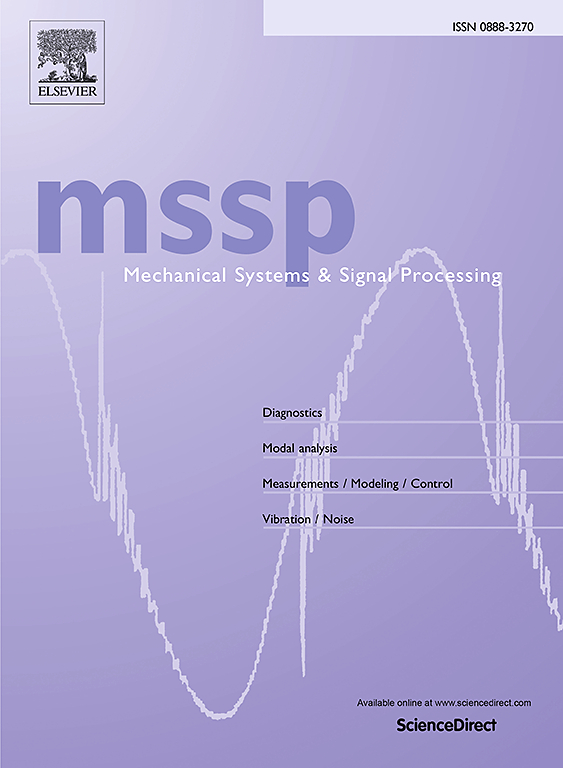Development of an anti-vibration cutting tool combining the lattice structures infill with damping particles
IF 7.9
1区 工程技术
Q1 ENGINEERING, MECHANICAL
引用次数: 0
Abstract
The damping performance of cutting tools is crucial for mitigating vibrations during the machining of difficult-to-cut materials that experience high cutting forces. Existing anti-vibration cutting tools typically utilize either the dynamic absorber effect or the energy dissipation effect to enhance damping performance. This paper introduces a novel design of anti-vibration cutting tools that combines both effects. To achieve this goal, metallic lattice structures infill is incorporated within the cutting tools to leverage the dynamic absorber effect, while damping particles are filled in the inner lattice structures to facilitate the energy dissipation effect. Subsequently, a numerical model is employed to investigate the dynamic behavior of the damping particles inside lattice structures to reveal the energy dissipation mechanisms and optimize key design parameters. The proposed cutting tools are fabricated using additive manufacturing and compared to the existing cutting tools. Modal impact tests on the tool point and extensive milling tests on titanium alloy Ti-6Al-4 V demonstrate that the damping performance of the proposed cutting tool is significantly enhanced in both X and Y directions. The stability limit corresponding to the proposed cutting tool is increased by 208 % compared to the conventional tool with a solid tool body, and by 100 % compared to the cutting tool with lattice structures infill. Besides, the peak values of the average cutting force and acceleration under stable milling conditions are reduced when compared to the conventional tool.

求助全文
约1分钟内获得全文
求助全文
来源期刊

Mechanical Systems and Signal Processing
工程技术-工程:机械
CiteScore
14.80
自引率
13.10%
发文量
1183
审稿时长
5.4 months
期刊介绍:
Journal Name: Mechanical Systems and Signal Processing (MSSP)
Interdisciplinary Focus:
Mechanical, Aerospace, and Civil Engineering
Purpose:Reporting scientific advancements of the highest quality
Arising from new techniques in sensing, instrumentation, signal processing, modelling, and control of dynamic systems
 求助内容:
求助内容: 应助结果提醒方式:
应助结果提醒方式:


